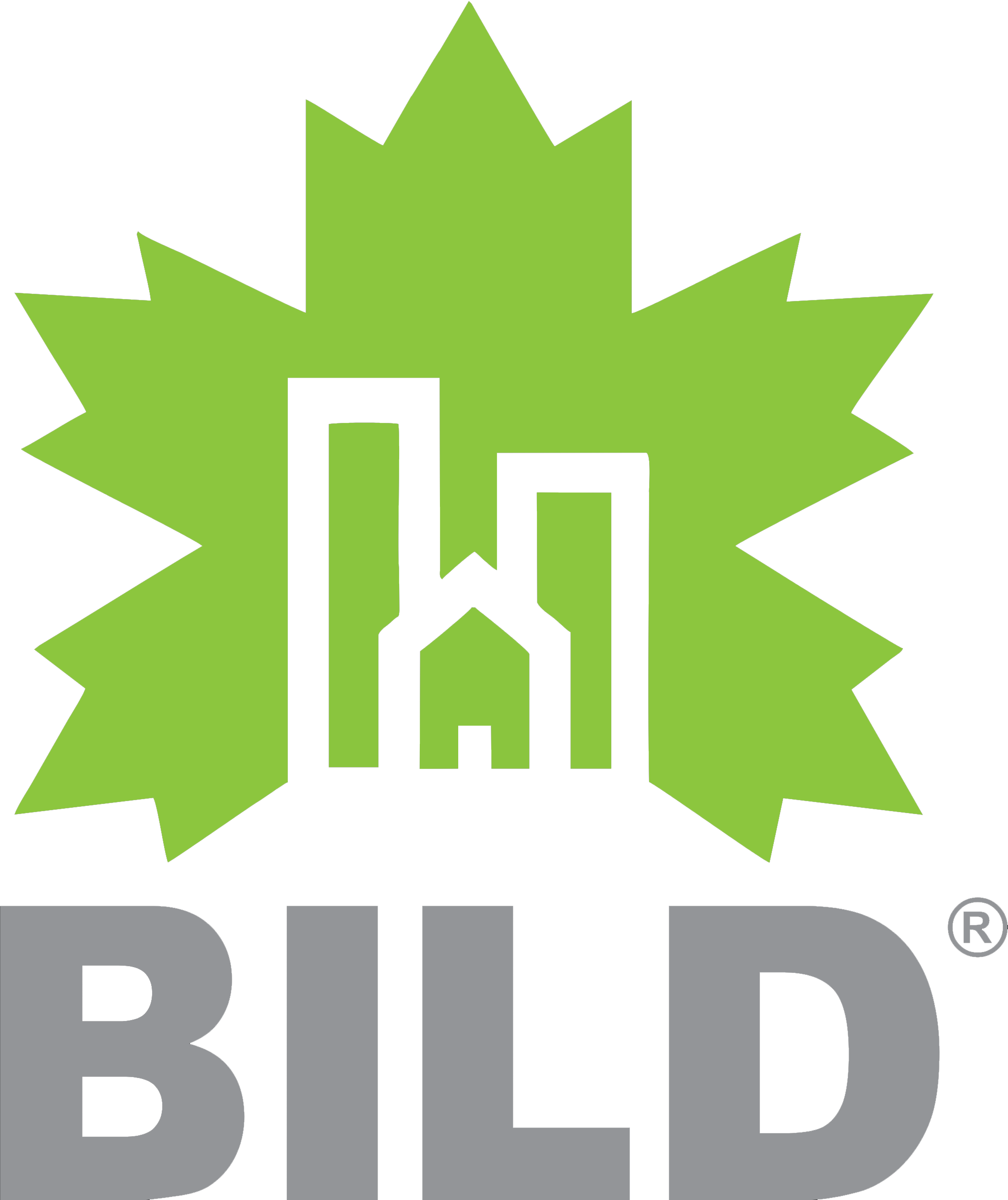Choosing the perfect material palette for architectural visualization is an integral part of any design or real estate project, as it significantly impacts the overall aesthetics, realism, and perception of the final visualizations. A carefully selected material palette can make a lasting impression on clients and partners, helping you to create captivating renderings that accurately convey your design intent and showcase the true potential of the project.
In this comprehensive guide, we will walk you through the essential aspects of selecting the perfect material palette for your architectural visualization projects. We will cover the importance of understanding the context, various material types and their properties, methods for achieving realistic textures, and how to organize and manage your material libraries. By the end of this guide, you will be equipped with valuable knowledge that will enhance your ability to create stunning and effective architectural visualizations, leaving lasting impressions on your clients and partners. Stay tuned to elevate your visualization skills and refine your design process.
Understanding the Context and Design Intent
The first step in selecting the perfect material palette for your architectural visualization is understanding the context and design intent of your project. It is crucial to consider the type of building or space you are visualizing, the location, climate, and demographic information, as well as the architectural style and design brief. These factors play a vital role in determining which materials will be suitable and appropriate for your visualization.
For instance, if you are working on a coastal residential project with an emphasis on natural light and ventilation, materials such as glass, wood, and natural stone may be an apt choice that aligns with the design intent and context. By evaluating these factors, you can make well-informed material selections that will convey the atmosphere and identity of the project effectively.
Exploring Material Types and Properties
Once you have a clear understanding of the context and design intent, it is time to delve into the world of material types and their properties. There is a vast array of materials available for architectural visualization, each with its unique characteristics, textures, and applications. Some common material categories include:
- Masonry: brick, concrete, stone, and tile
- Metals: steel, aluminum, brass, and copper
- Wood: hardwood, plywood, laminates, and veneers
- Glass: clear, textured, and coloured
- Plastics: acrylic, polycarbonate, PVC, and resin
When choosing materials, take note of their properties, such as reflectivity, transparency, roughness, and texture. Consideration should also be given to how the materials will interact with surrounding elements and the desired atmosphere within the space. Ultimately, your chosen materials should complement the design intent and context of the project, as well as evoke a sense of realism and authenticity in the visualization.
Achieving Realistic Textures and Finishes
A crucial aspect of creating convincing architectural visualizations is incorporating realistic material textures and finishes. This can be achieved through the use of high-quality texture maps, which replicate real-world material attributes such as colour, reflectivity, roughness, and bump or displacement for added detail.
To access high-quality textures, you can either create your own using photographs and texture generation software or source them from reputable online libraries. Keep in mind the resolution – higher resolutions offer more detail and sharper textures but may consume more memory and impact rendering times. Seamless textures are particularly important to ensure that they blend smoothly without visible seams or repetition errors when applied to a surface in 3D space.
To achieve realistic finishes in your visualizations, you may need to familiarize yourself with different shaders and material settings in your chosen 3D software. These settings allow you to control attributes like reflections, transparency, roughness, and subsurface scattering to create convincing and accurate material representations.
Organizing and Managing Material Libraries
As an architectural visualization professional, it is essential to have a well-organized and extensive material library at your disposal. This library should contain a diverse range of materials and textures, allowing you to quickly and efficiently find the perfect material for your project.
To organize your library, use a clear folder structure, separating materials into categories such as wood, metal, glass, etc., and further subdivide them based on specific properties or variations. Naming conventions should be consistent, descriptive, and easy to understand, including information such as material type, colour, and texture variations.
Regularly updating your library with new materials and removing outdated or low-quality assets is essential to maintain a streamlined and effective library. Exploring online material resources, such as texture map libraries or parametric material generators, can help you expand your library and stay up-to-date with the latest trends and advancements in material representation.
Prioritizing Material Sustainability
Incorporating sustainability into your material selection process not only results in more environmentally conscious projects but also showcases a forward-thinking and responsible approach to design. Sustainable materials can include recycled or reclaimed materials, locally sourced materials, and materials with a low carbon footprint.
When selecting materials for your palette, consider their environmental impact, as well as material certifications such as LEED and WELL Accreditation. By making eco-friendly choices, you can contribute to a greener future in architectural visualization and design.
Bringing It All Together with RenderTech Studio
The significance of choosing the perfect material palette for your architectural visualization projects cannot be overstated. From enhancing the aesthetics and realism of your visualizations to reflecting the design intent and context, thoughtful material selection is fundamental to creating captivating visuals that effectively convey your ideas.
At RenderTech Studio, we understand the importance of material selection and are dedicated to providing exceptional visualization services tailored to your needs. Our team of skilled professionals consistently strives for excellence, prioritizing context, accuracy, and sustainability to create stunning visualizations that leave lasting impressions on your clients and partners.
Let us help you bring your designs to life with the perfect material palette and intricate attention to detail. Visit our website today to explore our full range of architectural visualization services and start transforming your visions into reality today.



